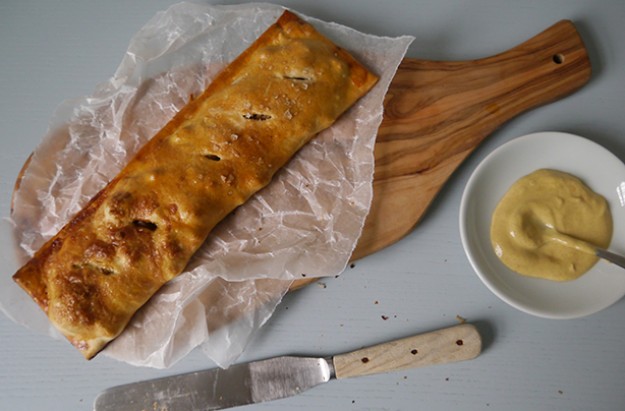Chicken, Raisin and sour cherries, some habanero sauce for some heat.
What an interesting combination! I must try that today!
Claude wrote:
The first pies, called ”˜coffins’ or ”˜coffyns’, were savoury meat pies where the crusts or pastry was tall and straight-sided with sealed-on floors and lids. Open-crust pastry (without tops or lids) was known as ”˜traps’. These pies held assorted meats and sauce components and were baked more like a modern casserole with no pan (the crust itself was the pan, its pastry tough and inedible).
Ah yes and even into the 18th century certain dishes were enclosed in an inedible dough-covering and then cooked, and set aside to cool while other cooking was done. They were not served as we do pies today. If the dough based shell is not edible...is it really a type of "pie" as we use the term?
LD








